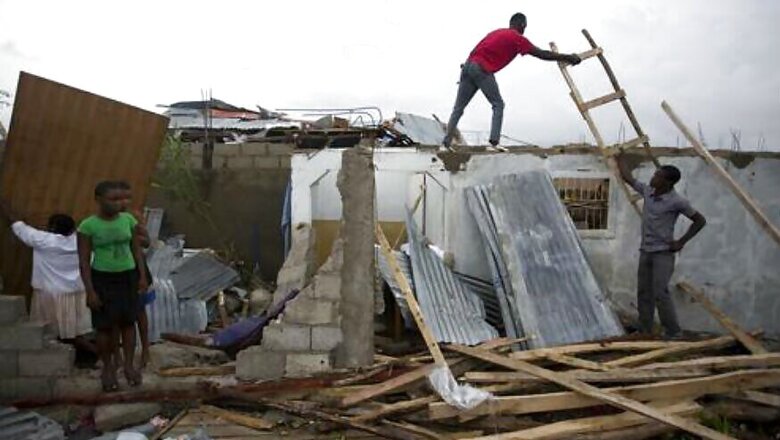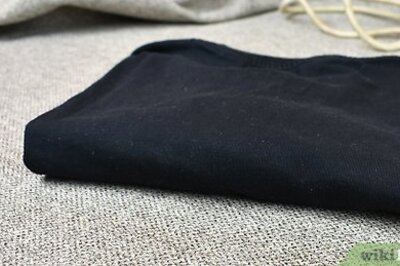
views
Les Cayes, Haiti: Haitians braced for a grim, rising death toll Friday as help slowly trickled into marooned areas of the country's southwestern peninsula that was pummeled by Hurricane Matthew, the first Category 4 storm to hit Haiti in decades.
At least 283 people died in just one part of Haiti's southwest, the region that bore the brunt of the storm, Emmanuel Pierre, an Interior Ministry coordinator in Les Cayes, told The Associated Press late Thursday.
The overall death toll in Haiti is not clear. Authorities expect the number of deaths to increase, with local officials in isolated areas reporting higher numbers. Most deaths are believed to have occurred in the southwest region.
"Devastation is everywhere," said Pilus Enor, mayor of Camp Perrin, a town near the port city of Les Cayes on the peninsula's south shore. "Every house has lost its roof. All the plantations have been destroyed. ...This is the first time we see something like this."
Officials were especially concerned about the department of Grand-Anse on the northern tip of the peninsula, where they believe the death toll and damage is highest. The 283 deaths reported by Pierre did not include Grand-Anse or its surrounding areas.
When Category 4 Hurricane Flora hit Haiti in 1963, it killed as many as 8,000 people.
More bodies began to appear Thursday as waters receded in some places two days after Matthew's 145 mph (235 kph) winds smashed concrete walls, flattened palm trees and tore roofs off homes, forcing thousands of Haitians to flee.
Those killed in Haiti included a woman and her 6-year-old daughter who frantically abandoned their flimsy home and headed to a nearby church to seek shelter as Matthew surged in early Tuesday, said Ernst Ais, mayor of the town of Cavaillon.
"On the way to the church, the wind took them," Ais said.
Officials said that food and water were urgently needed, noting that crops had been leveled, wells inundated by seawater and some water treatment facilities destroyed.
In Les Cayes, many people searched for clean water as they lugged mattresses and other belongings they were able to salvage.
"Nothing is going well," said Jardine Laguerre, a teacher. "The water took what little money we had. We are hungry."
Officials with the Pan American Health Organization warned about a possible surge in cholera cases because of the widespread flooding caused by Matthew. Haiti's cholera outbreak has killed roughly 10,000 people and sickened more than 800,000 since 2010, when it was introduced into the country's biggest river from a U.N. base where Nepalese peacekeepers were deployed.
Haiti's government has estimated at least 350,000 people need some kind of assistance in what is likely to be the country's worst humanitarian crisis since the devastating earthquake of January 2010.
International aid groups are already appealing for donations for a lengthy recovery effort in Haiti, the hemisphere's least-developed and most aid-dependent nation.
In the coming days, the U.S. military expects to help deliver food and water to hard-hit areas via helicopter.
After passing over Haiti, Matthew hit Cuba's lightly populated eastern tip Tuesday night, damaging hundreds of homes in the easternmost city of Baracoa but there were no reports of deaths. Nearly 380,000 people were evacuated and measures were taken to protect infrastructure.
Matthew advanced up the length of the Bahamas on Wednesday and Thursday, tearing roofs away, toppling trees and causing flooding that trapped some people in their homes. There had been no reports of casualties by late Thursday as the storm headed toward Florida's coast.
Before hitting Haiti, the storm was blamed for four deaths in the Dominican Republic, one in Colombia and one in St. Vincent and the Grenadines.















Comments
0 comment